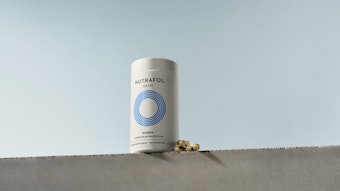Acne is a multi-faceted skin condition. With this condition exists a significantly enlarged presence of P. acnes on the skin surface and in the sebaceous unit. Also present are inflammation, reduced desquamation (in the pilosebaceous duct) and excessive sebum production. The question is: What is the cause and what is the effect?
While skin physiologists and dermatologist work out this issue, the cosmetics market would like to create products that treat this skin condition in an effective manner. But what should be targeted if the cause and effect cannot be differentiated?
Two solutions might be considered, both with advantages and disadvantages. The first involves a cocktail of four ingredients, each tackling a single cause or effect. These four ingredients include: an anti-inflammatory to stop the inflammation process, an ingredient to enhance the differentiation due to the improper cell differentiation in the duct, an ingredient to reduce sebum flow production and an antimicobial to reduce/minimize the P. acnes count. Together, they should clear the skin but a disadvantage of this approach is how to manage the delivery of the four active ingredients so they arrive simultaneously to the skin.
The second approach involves a single ingredient that affects all four causes or effects. A single active in a formulation is, of course, much easier to deliver, especially if it is lipid-soluble. A novel solution to treat acne, regardless of the number of actives, is the use of solid lipid nanoparticles.
These approaches to treat acne will be discussed by Johann Wiechers, PhD, in further depth during an upcoming conference on facial beauty at in-cosmetics Asia. Here, Wiechers will explain how to optimize the delivery of four chemicals at once, as well as how one can combine materials into a single molecule. Further, he will address how to measure a clinical effect on acne and calculate which approach is most effective.










